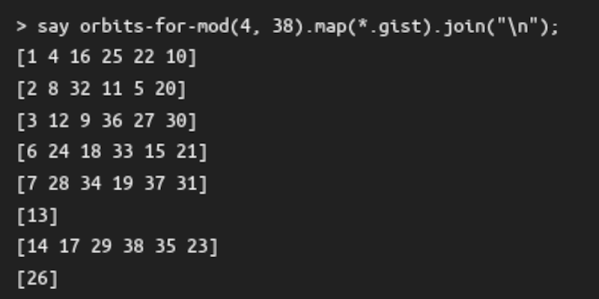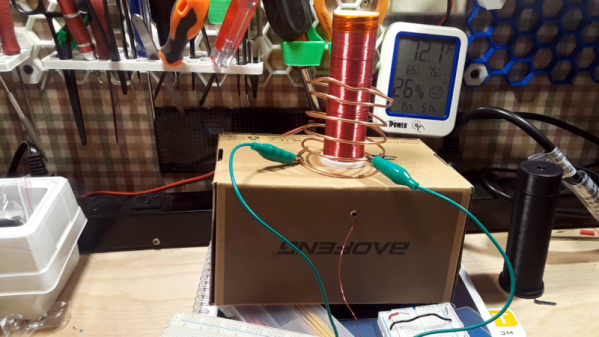When it comes to process automation, the go-to part in most industrial settings is a Programmable Logic Controller, or PLC. These specialized computers will have a modern microcontroller running the show, but surprisingly the way they are programmed still has echoes of a time before electronic PLCs when such control would have been electromechanical.
[Thomas Scherrer] has an interesting design to tear down, it’s a Siemens electromechanical motor controller from the early 1960s. It’s not quite the huge banks of relays which would have made a fully-blown PLC back in those times, but it’s a half-way house with some simple programming capability in the form of several channels of adjustable time delay.
We’re partly sad to see this unit being subjected to a destructive teardown, but nevertheless it’s interesting to see all those very period components. The current sensor has a mechanism similar to a moving coil meter, and the four-channel timer is a mechanical sequencer with four adjustable cam-driven switches. We’re not sure we would be cracking open selenium rectifiers with such nonchalance though.
These units were built to a very high quality indeed, and though it’s obvious this one comes from a decommissioned installation it’s not beyond possibility to think there might be some of them still doing their job over six decades after manufacture. Have any of you seen one of these or something like it in operation recently? Let us know in the comments. Meanwhile the video is below the break.
















